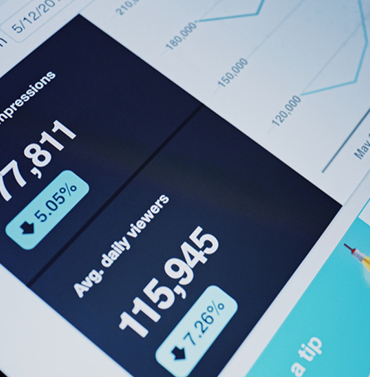How LinkedIn Decides What Content to Show
Have you ever wondered why some LinkedIn posts go viral while others barely get seen? The secret lies in LinkedIn’s content distribution system. If you’re not optimizing for the algorithm, your content might be falling into the abyss.
In this guide, we’ll break down how LinkedIn decides what content to show, the factors influencing distribution, and actionable strategies to increase your reach.
1. How LinkedIn’s Content Algorithm Works
- How LinkedIn’s Content Algorithm Works
LinkedIn’s algorithm follows a three-step content filtering process:
1️⃣ Content Classification: Once you post, LinkedIn’s AI assesses whether your content is spam, low-quality, or high-quality.
2️⃣ Initial Test Audience: The platform shows your content to a small group of connections to gauge engagement.
3️⃣ Performance-Based Boosting: If your post gets early engagement, LinkedIn expands its reach to a broader audience.
📝 Key Takeaway: First impressions matter! If your content doesn’t perform well initially, it won’t be distributed widely.
2. Key Factors That Influence Content Distribution
To maximize your content’s visibility, you need to understand what LinkedIn prioritizes:
✅ Engagement Velocity: The faster your post gets likes, comments, and shares, the more LinkedIn promotes it.
✅ Relevance to Audience: Posts tailored to your audience’s interests perform better.
✅ Dwell Time: If people stop scrolling to read your post, LinkedIn takes it as a positive signal.
✅ Format Preferences: LinkedIn favors carousels, videos, and long-form text posts over plain images and external links.
✅ Consistency & Recency: Regular posting signals to LinkedIn that you are an active and reliable content creator.
🔍 Pro Tip: Encourage early engagement by posting when your audience is most active.

3. How Different Content Formats Are Distributed
Not all content types are treated equally. Here’s how LinkedIn ranks them:
📌 Text-Only Posts: High engagement, but require strong storytelling.
📌 Carousels & Documents: Prioritized due to their interactive nature.
📌 Native Videos: High distribution, but require strong hooks to retain viewers.
📌 External Links: Lower reach because LinkedIn wants users to stay on the platform.
📌 Polls & Surveys: Effective but overused—engagement depends on relevancy.
🎯 Strategy Tip: Experiment with a mix of content types and analyze what works best for your audience.
4. Strategies to Boost Your LinkedIn Content Distribution
To optimize your reach, apply these best practices:
🔥 Encourage Conversations: Ask open-ended questions to spark discussions.
🔥 Use Hook-Driven Intros: The first two lines of your post determine whether people will keep reading.
🔥 Tag Thoughtfully: Mention relevant people, but avoid spammy tagging.
🔥 Post at Peak Times: Find when your audience is most active and schedule accordingly.
🔥 Engage Before and After Posting: Commenting on others’ posts before publishing your own increases visibility.
📊 Pro Tip: Monitor your LinkedIn Analytics to refine your strategy over time.

5. Predicting and Adapting to Future LinkedIn Algorithm Changes
LinkedIn frequently updates its algorithm, so staying ahead is key. Expect:
🔹 More AI-Powered Personalization – Your feed will become even more tailored.
🔹 Greater Emphasis on Thought Leadership – LinkedIn rewards insightful, industry-relevant content.
🔹 Increased Video & Audio Focus – New formats, like LinkedIn Live, will gain prominence.
📝 Final Thought: Stay adaptable! The best way to win on LinkedIn is by continuously testing and adjusting your approach.
Conclusion: Master the Science of LinkedIn Content Distribution
By understanding LinkedIn’s content ranking process, leveraging high-engagement formats, and adopting smart distribution strategies, you can dramatically improve your reach and engagement.
🚀 Action Step: Apply one of these strategies to your next post and watch your visibility grow!
 seolounge
seolounge



